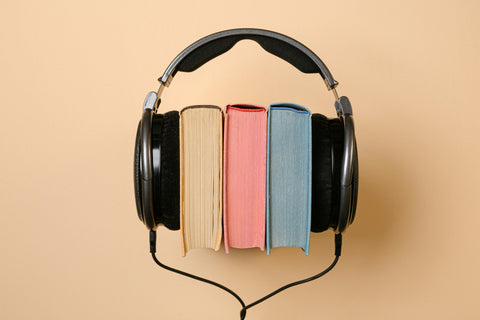Music for dogs? What's the best genre?
Ever wondered about the effects music can have on dogs? Just as for us, science concurs that certain tunes potentially are therapeutic to our pooches.
Research proves that dogs given a varied playlist, emulating their heart beat in tempo with higher frequencies is best.

Dogs hearing is four times more acute than ours and they hear high and low frequencies that we can’t. Hence dogs’ noise sensitivity to triggers like smoke alarms and fireworks.
Interestingly Reggae scored highly in a study by Glasgow University in 2017. The aim to study the effect of genres of music on the stress levels of kennelled dogs.’
It revealed that dogs’ Heart Rate Variability (HRV) was significantly decreased, indicative of reduced stress, when dogs were played Reggae.
The study also showed that dogs spent significantly more time lying down and much less time standing up when Reggae was played.
As soft rock was also popular, the study showed that a variety of tracks and artists promoted auditory stimulation and reduced habituation.
All the dogs appeared more relaxed with musical auditory enrichment. Reggae also offers the reassuring frequency of a heartbeat.
Small dogs and puppies normally have heart rates of 120 to 160 beats per minute (BPM). Dogs over 15KG have heart rates between 60 to 120 BPM. So, the larger your dog, the slower the normal heart rate, and vice versa for small dogs.
Bearing this in mind, certain tracks might be more appropriate for your dog depending on the BPM’s of a particular song in its ability to offer the most calming ‘heart beat’ effect.
Various studies including a study from Switzerland in 2021 investigated the effect that the tempo or BPM had on dogs in kennels.
Interestingly playing low frequencies with harsh deep vocalisations like Heavy Metal increased the dogs’ arousal compared to high pitched music. Possibly an understandable reaction considering that dogs generally communicate fear from a threat through low pitched vocals like growling.
Heavy metal tracks also reduced the dogs’ sleep quality according to the study, so perhaps its best to avoid playing your dog AC/DC!

Traditionally studies suggested that classical music with a low Bpm of 50-60 is proven to reduce stress, but after time, dogs become bored!
Adding aural enrichment for dogs is easy and can help deflect from noise triggers outside, and help counter anxiety when home alone.
Create a playlist that matches your dog’s heart beat and BPM range, understanding that all dogs are individuals with a higher of lower sensitivity to sound.
As stress is contagious from humans to dogs, it’s important that any playlist is as much of a personal experience for you, not only for your dog.
Especially when you’re travelling in the car, a calm dog makes for a calm human and vice versa! A playlist that your dog has been carefully de-sensitised to can provide comfort and reassurance in the car.
This means acclimatising your dog to this compilation well in advance of travel, ideally in a pet carrier that will be in the car. It’s illegal to have your dog unrestrained in the car!!! Start with the audio on low and build the volume gradually!
Once this step is complete, transfer the dog, the pet carrier and the sounds to the car. Remain stationary, and at any point your dog becomes stressed, (panting, lip-licking, barking), stop!
Repeat the next day, keep training sessions short and positive. When your dog is happy in a stationary vehicle turn on the engine, and repeat.
The final stage is to go for short varied drives and build gradually. Always have fresh air ventilation and plenty of water in your car.
Never leave your dog in a stationary vehicle for fear of dog theft, and in summer months overheating and death.